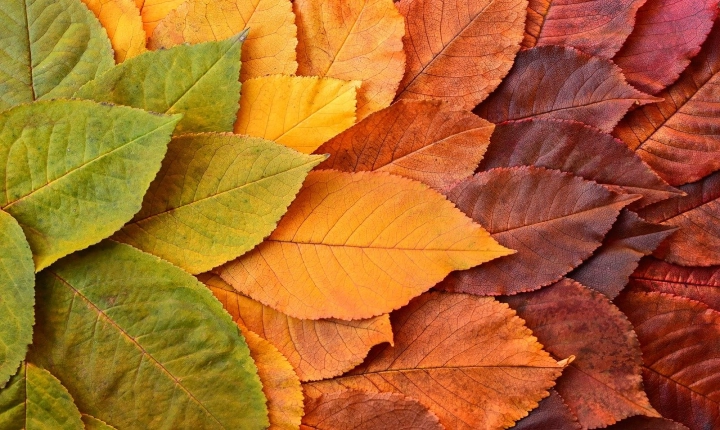Title: How to Generate Good AI Art: A Beginner’s Guide
Artificial intelligence (AI) has revolutionized many industries, including the art world. AI art, which involves using algorithms to create unique visual pieces, has become increasingly popular in recent years. Whether you’re an artist, a tech enthusiast, or simply curious about the intersection of art and technology, learning how to generate good AI art can be a rewarding and engaging experience.
Here’s a beginner’s guide on how to generate good AI art:
Understand the Basics of AI Art
Before you dive into creating AI art, it’s important to have a basic understanding of how it works. AI art is often produced using generative adversarial networks (GANs) or other machine learning techniques. GANs consist of two neural networks—generator and discriminator—that work together to create and evaluate images. Essentially, the generator creates images based on a set of input data, and the discriminator assesses the quality of these images, providing feedback to the generator, which then refines its output.
Learn the Tools and Platforms
To generate AI art, you’ll need to familiarize yourself with the tools and platforms available for this purpose. There are several AI art generators, such as DeepArt, Deep Dream Generator, and Artbreeder, that offer user-friendly interfaces for creating AI-generated images. Additionally, learning programming languages like Python and familiarizing yourself with libraries such as TensorFlow and PyTorch can provide more advanced capabilities for AI art creation.
Experiment with Different Techniques
AI art creation involves a fair amount of experimentation. You can start by inputting reference images or style parameters into an AI art generator and exploring the various options for altering textures, colors, and patterns. Additionally, you can experiment with different training datasets and model architectures to see how they impact the generated art. By exploring these techniques, you can gain a better understanding of how to manipulate the algorithms to produce unique and compelling AI art.
Incorporate Your Creativity
While AI plays a significant role in generating art, it’s essential to incorporate your own creativity into the process. Experiment with combining AI-generated elements with your own artistic vision. Consider the ways in which you can manipulate and enhance the AI-generated images to reflect your personal style and artistic preferences. By infusing your creativity into the AI art creation process, you can produce more original and meaningful artworks.
Refine and Iteratively Improve
Creating good AI art requires refinement and an iterative approach. Once you’ve generated an initial set of AI art, take the time to critically evaluate and refine the results. Consider the feedback you receive from others and use it to inform your future creations. Through this iterative process, you can hone your skills in AI art generation and produce increasingly sophisticated and visually compelling works.
In conclusion, generating good AI art involves a combination of technical knowledge, experimentation, creativity, and refinement. As AI continues to advance, the possibilities for creating AI art are boundless. By following this beginner’s guide and embracing the exciting intersection of art and technology, you can embark on a journey to create captivating and original AI-generated artworks.
